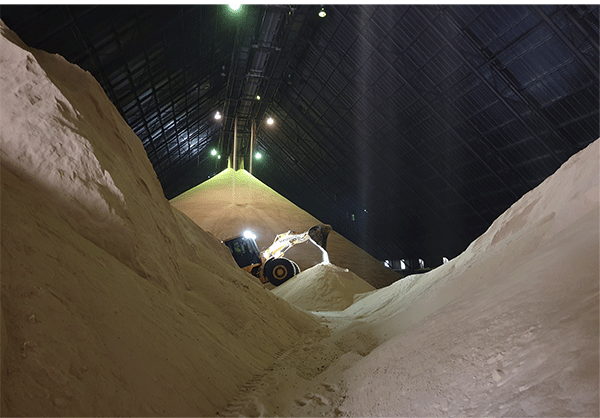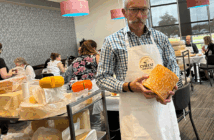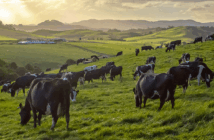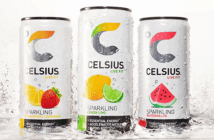
Nestled between the harbour and Duck Creek, the factory stands on the original site where it was built in 1883.
Since then many things have changed, however one thing remains the same. The Chelsea Sugar factory is one of the few refineries in the world to produce multiple types of sugar.
“We do a large range of products,” says production manager Tony Grant. “Many refineries only make white sugar but because New Zealand is an island by itself, Chelsea was set up to make every product. We do golden syrup, raw sugar, soft browns and products like treacle and molasses.”
One of Chelsea Sugar’s major exports is to the canned coffee market. A sugar and milk powder mixture is combined and shipped off to fulfill the caffeine cravings of consumers in Asia.
“About 20% of our product is exported. Either as a finished product or a blended product,” says Grant.
He estimates there are approximately 20 products that go to New Zealand customers and many more are exported or end up as ingredients in other products.
The floor inside the factory is sticky and the cloying aroma of sugar stays around for a while after leaving the grounds. But for those with a sweet tooth, this is where the magic happens.
The sugar refining process begins when raw sugar arrives on ships every 6 to 8 weeks containing loads as large as 31,000 tonnes.
“Sugar cane comes from tropical countries,” Grant says. “About 50% of our imports come from Australia and the rest comes from central American countries.”
Once it’s unloaded, it is stored in the bulk storage warehouse, which can contain up to 40,000 tonnes, before being taken into the refinery.
There it is mixed with sugar syrup to soften the outside coating of the crystals. The thick brown mixture is then spun in a centrifugal and sprayed with hot water to wash the crystals.
These crystals are then dissolved in hot water, becoming a thick golden liquid. This is then strained, and milk of lime is mixed in and carbon dioxide gas is forced through.
These react to create a chalk that absorbs any impurities so they can be easily filtered out.
Before making the liquid into clear sugar crystals, the colour is absorbed in the activated carbon decolourising station, and an ultraviolet light sterilises it. The mix is then boiled to get rid of any extra water and so white crystals will form. These get separated from the syrup in a centrifugal again, and then dried and packed.
The traditional process of using bone char to filter sugar was discontinued in the year 2000. The building that housed that at the Chelsea Sugar Factory, is now a historic building and remains a symbol of the company’s rich heritage.
“We are the only sugar refinery in the southern hemisphere that sterilises the sugar with a UV light to make sure we can reach these levels of microbial activity (pharmaceutical, nutraceutical and infant formula) that customers require,” says Grant.
“Most refineries wouldn’t bother with that because of the complicated set up and expense. We are rated for supply to infant formula manufacturers because we have a very high-quality product.”
The proximity to both fresh and salty water, as well as the city of Auckland, suits the needs of the factory perfectly.
“Potable water is used for anything that has contact with the sugar and damn water is taken from the adjacent dams to be used for boiler feed water.
“Energy usage and Carbon Footprint is a big consideration for the refinery, with recycling and energy recovery being a major focus.”




























































































